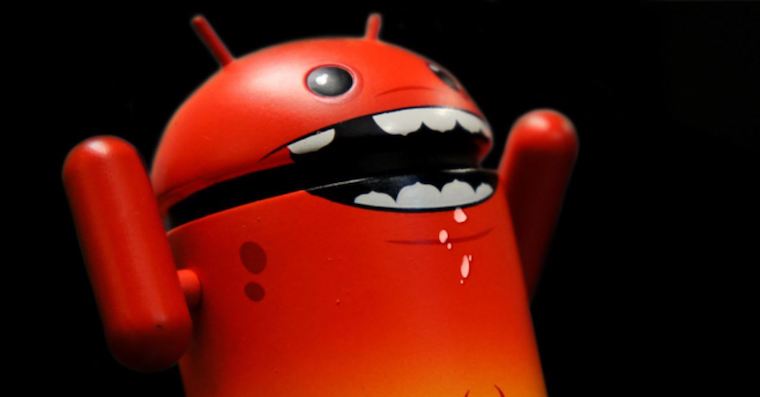Each of us surely uses a computer or laptop, and most of them have some kind of antivirus program installed on them. In today's cybernetic world, this is a very sensible solution. Well, mobile devices such as smartphones and tablets are becoming more and more prominent every day. But is it necessary to protect these devices as well? The most common type of virus is malware, which includes, for example, Trojan horses, worms, spyware, adware, etc. We'll describe them a little below, and then focus on protecting against them.
Malware
It is a type of annoying or malicious software designed to give an attacker secret access to your device. Malware is most often spread via the Internet and e-mail. Even with devices protected by anti-malware software, it gets through hacked websites, trial versions of games, music files, various programs or other sources. Downloading games and applications from unofficial sources is the main reason why some malicious content is "downloaded" to your device. The result may (or may not) be pop-ups, various applications that you didn't even install yourself, etc.
Trojan horse
This type of virus is most often used by computer hackers. Thanks to such infiltration of malicious content, you can expose confidential information to haters without your knowledge. The Trojan horse records, for example, keystrokes and sends the log file to the author. This makes it very easy to access your forums, social networks, repositories, etc.
Worms
Worms are independent programs whose main feature is the rapid spread of their copies. These copies are capable of executing dangerous source code in addition to their further replication. Most often, these worms are distributed via e-mails. They often appear on computers, but you can also encounter them on mobile phones.
A few steps to remove malware
The basic guide as to whether the system has been attacked by a malicious application is to answer a few simple questions:
- Did the problems start after I downloaded some app or file?
- Did I install programs from a source other than the Play Store or Samsung Apps?
- Did I click on an ad or dialog that offered to download an app?
- Do problems occur only with a specific application?
Uninstalling malicious content may not always be easy. I can prevent well-designed applications from being removed through the system settings. Although security experts recommend the restoration of factory settings, we increasingly encounter the fact that it is not necessary to carry out such interventions.
Probably the easiest option is to install an antivirus or anti-malware, which will scan your device and find out if there is any threat in it. Since there are countless virus removal apps out there, it will be difficult to choose the right one. You don't need to worry too much about the team, because almost all applications have the same tools. We can find differences in virus databases or the removal of several types of viruses. If you reach for verified developers, you will definitely not make a mistake.
If even the applications to eliminate the problems did not help, then there are not many options left for correction. An almost 100% solution is to perform a factory reset, which removes all files from the device. Be sure to back up your data beforehand.
As the world of hacking continues to progress, it may happen that the device remains permanently damaged and only the replacement of the motherboard will help. Ordinary mortals should not be this vulnerable. Well, prevention should never be underestimated.
